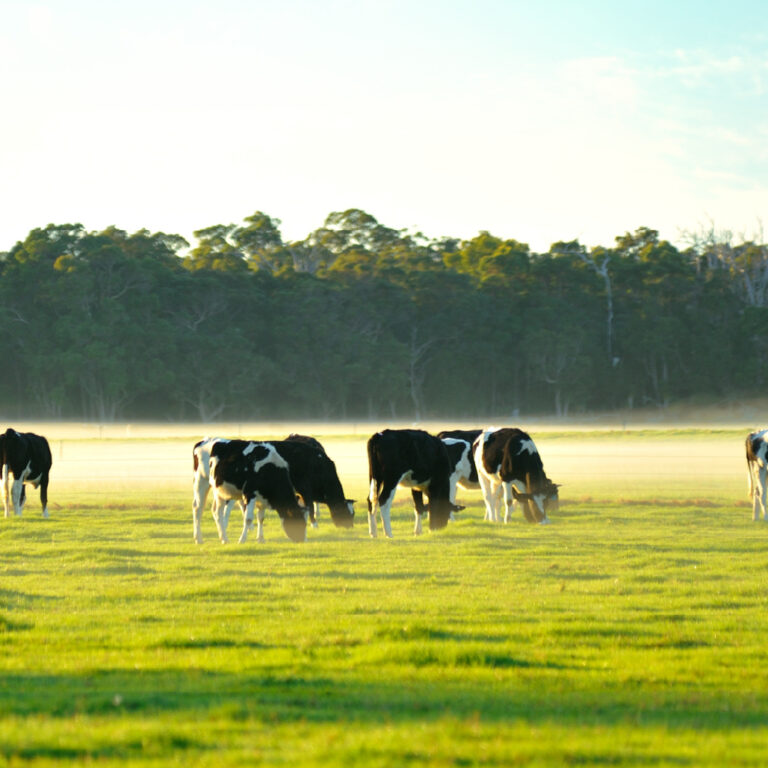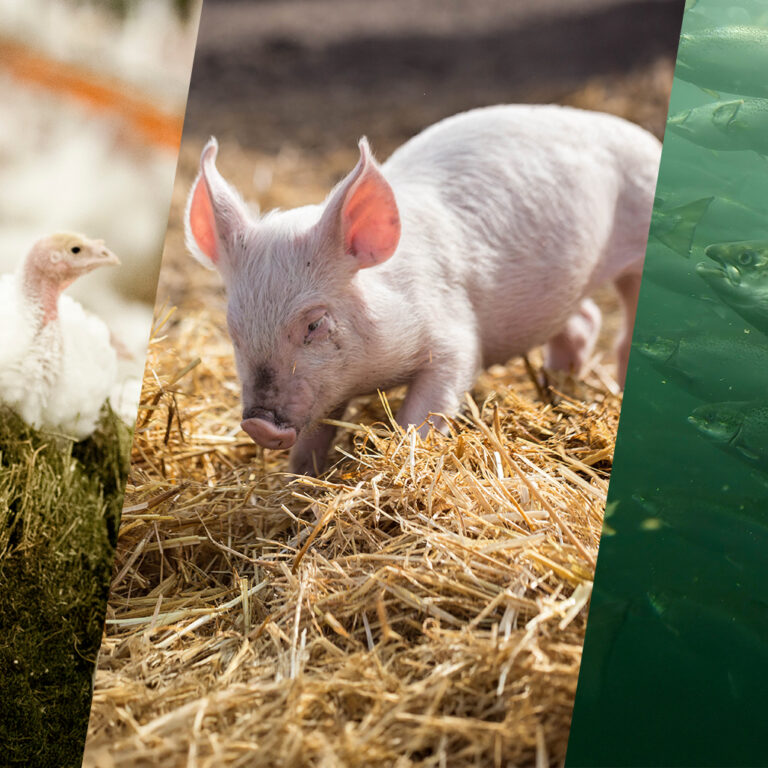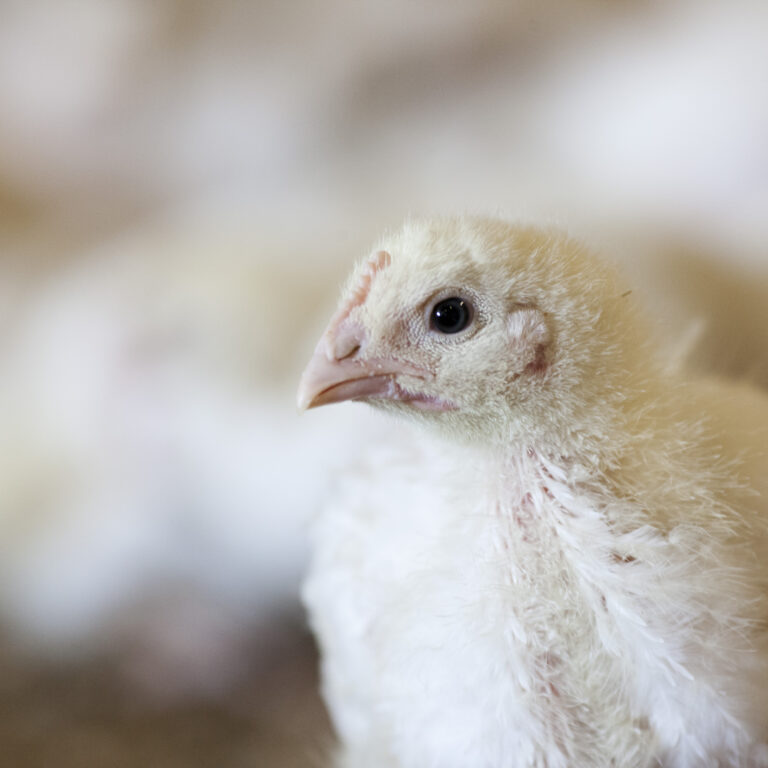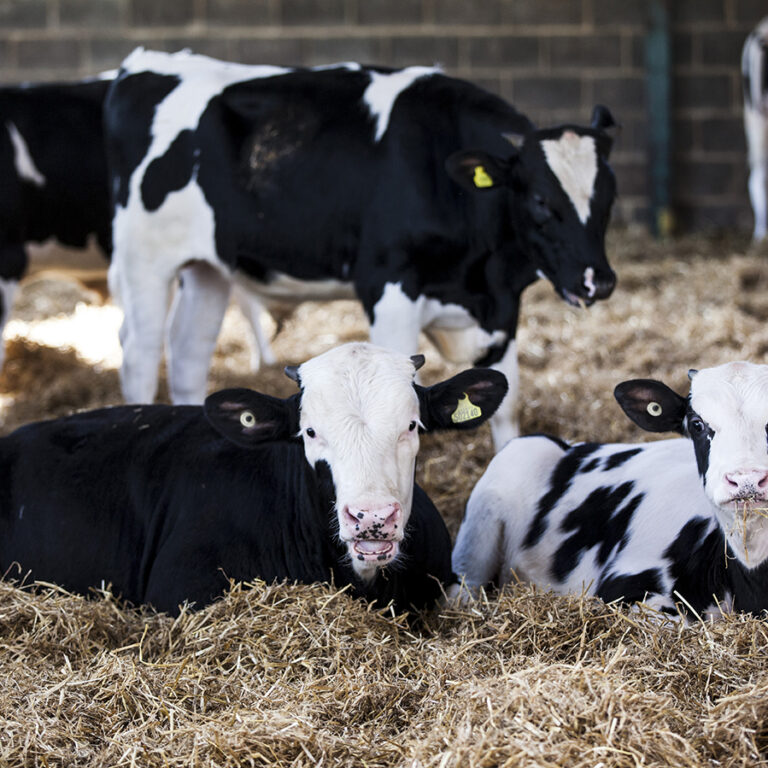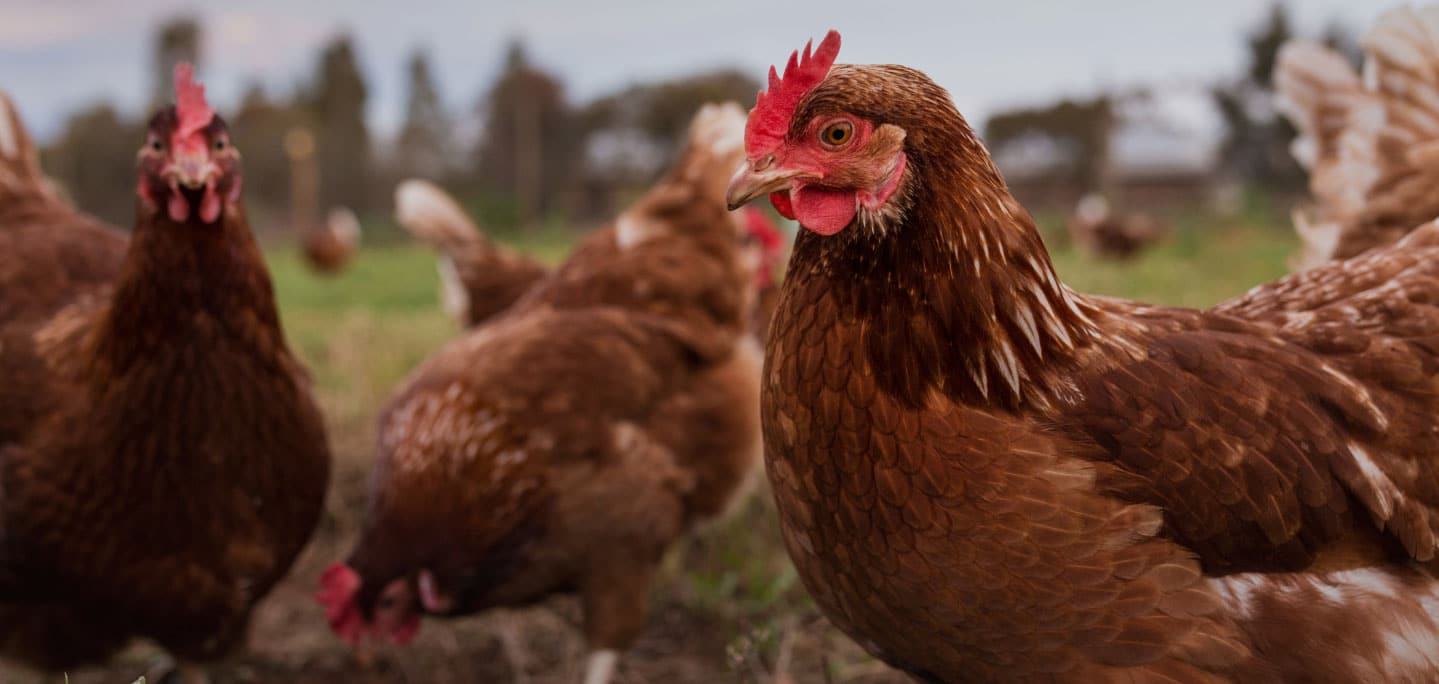Here at the RSPCA, we often speak about the importance of choosing higher-welfare products and how these choices can drive improvements for farm animal welfare. As a growing number of farmers and brands commit to better animal welfare standards, there are more higher-welfare options on the supermarket shelf. However, when it comes to dairy products, making better choices can still be a challenge.
What’s on the shelf.
For dairy products, it’s hard to pick a product off the shelf and know exactly the standards to which the animals have been reared. Unfortunately, there aren’t regulated animal welfare labels when it comes to dairy, nor is the method of production labelling consistent.
Because of the nature of dairy products being made from milk, which is a liquid, it can be hard to trace a product on the shelf back to an individual farm. This is because several farms will often supply milk to one processor who then use the milk to make cheese, cream, whey powder, or even supply milk into cartons. This means that milk from a variety of farms is mixed in the process.
Dairy animal welfare.
Cattle in the dairy industry are predominately adult female cows who produce milk. These cows do this by having a pregnancy each year, giving birth to a calf, and therefore producing milk which is collected on farm and then supplied to market.
The key animal welfare issues in dairy production relate to the care and management of dairy cows and their calves. In Australia the vast majority of dairy cattle live their lives outside on pasture – however the prevalence of intensive indoor systems are increasing, which is concerning as this can result in serious welfare issues.
For dairy cows to have a better quality of life, they need to be healthy and well fed, have access to pasture but also protection from the elements, be free of lameness and mastitis, and not be subjected to painful procedures without proper pain management.
When a calf is born, they are generally separated from their mothers within 24 hours of birth. This is done mainly to manage disease risk and to ensure calves are fed adequate colostrum– which is the crucial first milk that provides them with antibodies they don’t receive from the mother whilst in the womb. Without this, they can easily become very sick and suffer.
Sadly, separation causes stress to both cow and her calf, although if done early enough (within 24 hours) the separation distress can be reduced. There are animal welfare benefits for calves reared by their mothers, which is why the dairy industry could consider more gradual separation processes.
What happens to calves beyond separation is determined largely by their sex and viability. If a calf is female, and a healthy robust animal, she will be reared as a replacement calf and when old enough, go into the milking herd. If a calf is male or unviable, then they will either be a “bobby calf” or reared as a non-replacement calf.
Bobby calves are considered a low value by-product of the dairy industry and are often subject to a lower standard of care because of this. Even though these calves are often destined for slaughter at just five days old, it is important that special consideration is given to their vulnerability, and that they are cared for in a way that meets their specific needs.
Non-replacement dairy calves are male and female calves that won’t go into the milking herd later in life, but instead are reared for veal or beef. By providing an alternative market for these calves, farmers can increase their value and improve their welfare outcomes if reared well. That’s why the RSPCA Approved Farming Scheme has a Standard for non-replacement dairy calves reared for veal or beef, to encourage industry to rear these animals to a better standard and reduce the number of bobby calves.
Unfortunately, there aren’t any producers currently certified to the Standard, but our team are actively engaging with industry to seek opportunities for more dairy calves to have a better quality of life.
What conscious consumers can do.
If you’re conscious about dairy cattle welfare and would like to see a change in this area, you can contact your favourite dairy brand or producer and ask them our top 4 questions for better dairy welfare.
By asking questions about animal welfare and choosing products from brands that are open and transparent about their farming practices, you are showing these companies what matters to consumers, which will ultimately drive the necessary change for farm animals.
Interested in reading more?
5 steps for better dairy calf welfare
Our 4 questions to ask for better welfare for dairy cows and calves
Humane Food Podcast – The Deal with Veal

